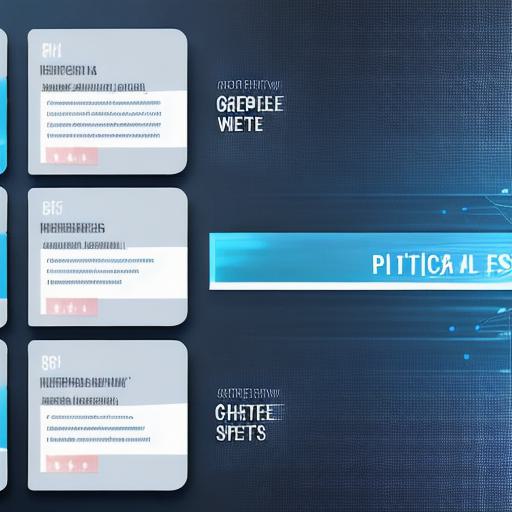Introduction
The internet has transformed our lives in countless ways, but its full potential has yet to be realized. The next big step forward is Web3, a decentralized network that promises greater privacy, security, and efficiency for data sharing, storage, and processing. In this article, we’ll explore the latest developments in Web3 technology and examine how they are already being used to transform various industries.
What is Web3?
Web3 refers to a decentralized network that enables peer-to-peer communication and data sharing without relying on central intermediaries like Google, Facebook, or Microsoft. It uses blockchain technology to create secure, transparent, and tamper-proof systems for recording transactions and verifying identities. Unlike Web2, which is dominated by a few large corporations, Web3 is designed to be open, inclusive, and resilient to censorship and manipulation.
Use Cases for Web3 Applications
Web3 applications have the potential to disrupt many different industries, from finance and healthcare to supply chain management and entertainment. Here are a few examples of how Web3 is already being used:

- Decentralized Finance (DeFi) – Web3-based DeFi platforms like Uniswap, Aave, and Compound offer a range of financial services without relying on central banks or intermediaries. These platforms enable peer-to-peer lending, borrowing, trading, and staking, and have already seen significant growth in recent years.
- Healthcare – Web3 applications like MedRec can securely store and share medical records, while also giving patients greater control over their data. This can improve patient outcomes and reduce administrative costs for healthcare providers.
- Supply Chain Management – Web3-based platforms like Provenance can provide transparent and secure tracking of products from production to consumption. This can help prevent fraud, counterfeiting, and other forms of waste in supply chains.
- Entertainment – Web3 applications like Rarible can enable artists to sell unique digital assets directly to fans, bypassing traditional intermediaries like record labels and streaming platforms.
The Future of Web3
Web3 technology is still in its early stages, but it’s already having a significant impact on various industries. As the network becomes more mature and widely adopted, we can expect to see even more innovative uses of Web3 applications. Some potential areas for future development include:
- Decentralized Cloud Computing – Web3-based cloud computing platforms like Filecoin and Swarm can offer secure, scalable, and decentralized storage and processing services that are resistant to censorship and data breaches.
- Decentralized Identity Management – Web3 applications like uPort and Sovrin can enable individuals to control their own digital identities and share them selectively with others, without relying on central authorities.
- Decentralized Data Marketplaces – Web3-based marketplaces like Origin Protocol can enable peer-to-peer data sharing and trading, creating new opportunities for monetizing data and driving innovation in various industries.
FAQs

- What is Web3 technology?
- Web3 refers to a decentralized network that enables peer-to-peer communication and data sharing without relying on central intermediaries. It uses blockchain technology to create secure, transparent, and tamper-proof systems for recording transactions and verifying identities.
- What are some examples of Web3 applications?
- Decentralized Finance (DeFi) platforms like Uniswap, Aave, and Compound; healthcare platforms like MedRec; supply chain management platforms like Provenance; and entertainment platforms like Rarible.
- What are the potential future developments in Web3?
- Decentralized Cloud Computing, Decentralized Identity Management, and Decentralized Data Marketplaces.
